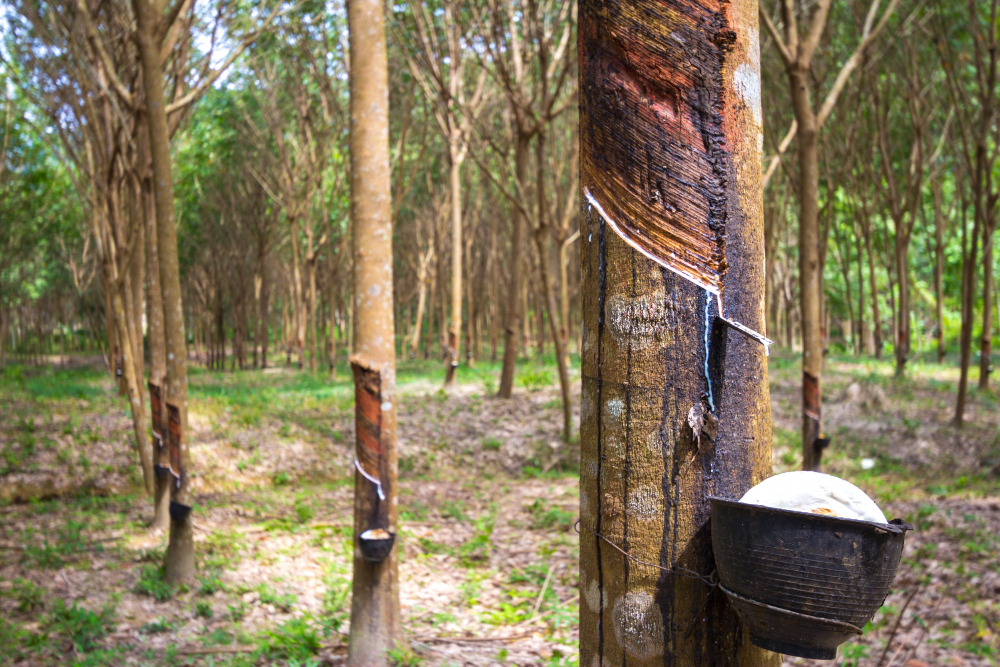Latex, a natural material derived from the sap of the rubber tree (Hevea brasiliensis), has long been prized for its resilience, support, and comfort in various applications, including mattresses, pillows, and upholstery. Latex foam is created through a process called vulcanization, which involves whipping the sap into a froth and then baking it to produce a durable, elastic material. This versatile material is known for its ability to conform to the body’s contours, providing both support and pressure relief for a comfortable sleep experience.
Embracing Sustainable Practices
Organic latex is derived from rubber trees that are grown and harvested using organic and sustainable farming practices. These practices typically involve avoiding synthetic fertilizers, pesticides, and genetically modified organisms (GMOs) in favor of natural and eco-friendly alternatives. Organic latex production prioritizes environmental conservation, soil health, and worker well-being, ensuring that the entire supply chain adheres to strict organic standards from tree to product.
Nurturing a Non-Toxic Environment
Organic latex is prized for its health and safety benefits, as it is free from harmful chemicals, additives, and off-gassing commonly found in synthetic materials. Unlike conventional mattresses and bedding products that may contain volatile organic compounds (VOCs) and other toxins, organic latex offers a natural and non-toxic sleep surface. This makes it an ideal choice for individuals with allergies, sensitivities, or concerns about exposure to harmful substances.
Embracing Natural Support
One of the key advantages of organic latex is its superior comfort and support properties. Organic latex foam contours to the body’s curves, providing targeted support and pressure relief for a restful night’s sleep. Unlike traditional spring mattresses that may cause pressure points and discomfort, organic latex distributes weight evenly, reducing strain on muscles and joints. Additionally, organic latex maintains its shape and resilience over time, ensuring long-lasting comfort and durability.
Treading Lightly on the Planet
Organic latex production offers numerous environmental benefits compared to conventional latex processing methods. By using organic farming practices, such as crop rotation, composting, and natural pest control, organic latex cultivation minimizes the use of synthetic chemicals and reduces environmental pollution. Furthermore, organic rubber tree plantations serve as carbon sinks, absorbing carbon dioxide from the atmosphere and helping mitigate climate change.
Supporting Fair Trade Practices
In addition to environmental sustainability, organic latex production often prioritizes ethical considerations, including fair labor practices and community engagement. Fair trade certifications ensure that workers involved in organic latex cultivation and processing receive fair wages, safe working conditions, and opportunities for professional development. Furthermore, organic latex cooperatives may invest in community development projects, such as education, healthcare, and infrastructure improvements, to support local economies and enhance quality of life.
Embracing Nature’s Gift
In conclusion, organic latex offers a natural, sustainable, and comfortable sleep solution for eco-conscious consumers. Derived from rubber trees cultivated using organic farming practices, organic latex foam provides superior support, comfort, and durability while minimizing environmental impact and promoting ethical labor practices. By choosing organic latex products, consumers can enjoy a restful night’s sleep knowing that they are treading lightly on the planet and supporting sustainable, fair trade practices.


